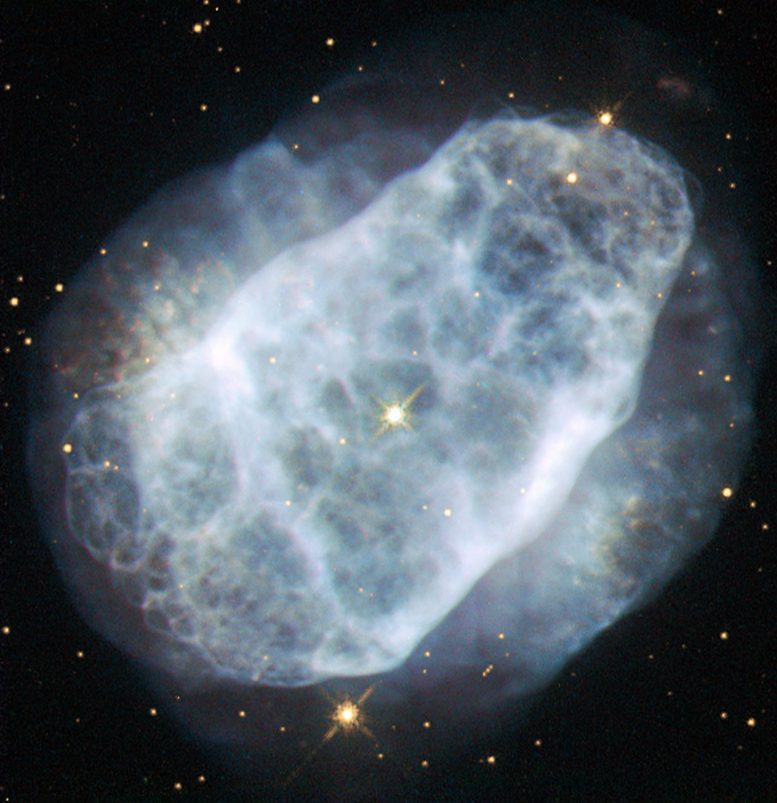
NGC 6153 is located about 4,000 light-years away in the southern constellation of Scorpius. Credit: ESA/Hubble & NASA, Acknowledgment: Matej Novak
This newly released Hubble image shows planetary nebula NGC 6153, which is located about 4,000 light-years away in the southern constellation of Scorpius.
The faint blue haze across the frame shows what remains of a star like the sun after it has depleted most of its fuel. When this happens, the outer layers of the star are ejected, and get excited and ionized by the energetic ultraviolet light emitted by the bright hot core of the star, forming the nebula.
NGC 6153 is a planetary nebula that is elliptical in shape, with an extremely rich network of loops and filaments, shown clearly in this Hubble image. However, this is not what makes this planetary nebula so interesting for astronomers.
Measurements show that NGC 6153 contains large amounts of neon, argon, oxygen, carbon, and chlorine — up to three times more than can be found in the solar system. The nebula contains a whopping five times more nitrogen than our sun! Although it may be that the star developed higher levels of these elements as it grew and evolved, it is more likely that the star originally formed from a cloud of material that already contained a lot more of these elements.




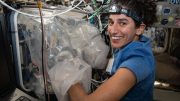
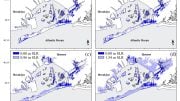
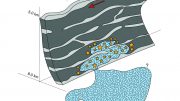
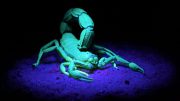

actually, doesn’t it sort of look like how our Oort shell is depicted?
A large torus-like center ring inside a sphere?
What if we have it backwards, that the red giant sun implodes, creates a plantary nebula with a smaller magnetar sun left inside, and the rocky planets are leftovers?